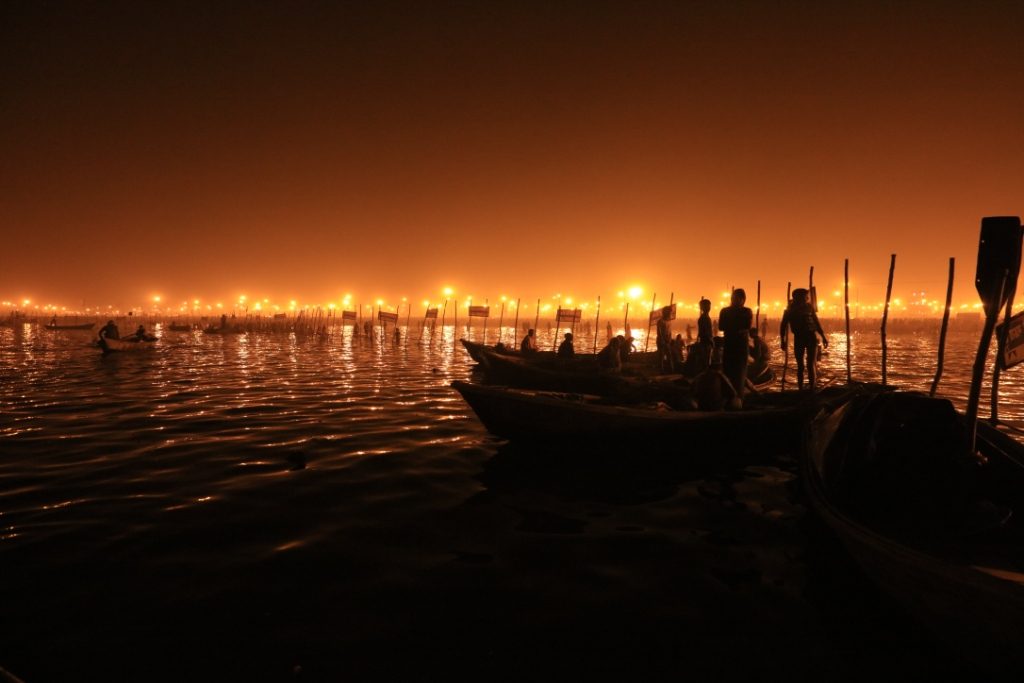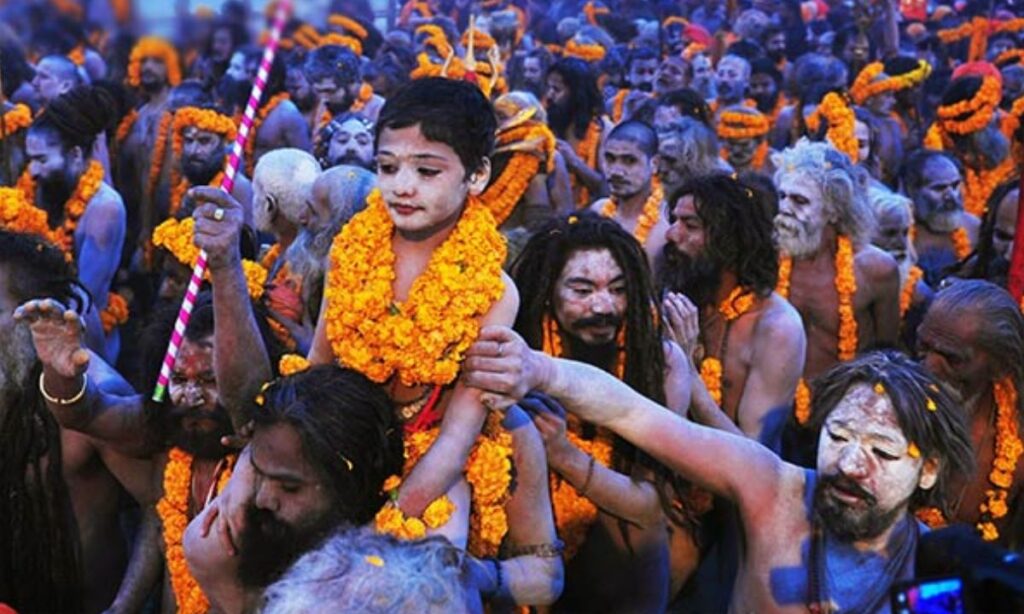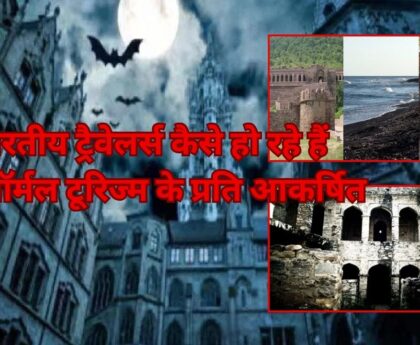The Fascinating History of the Maha Kumbh Mela
The Maha Kumbh Mela, one of the largest religious gatherings in the world, is an awe-inspiring event that takes place every twelve years at four sacred locations in India: Allahabad (Prayagraj), Haridwar, Ujjain, and Nashik. This grand festival is not only a celebration of spirituality but also a symbol of faith, unity, and cultural heritage that draws millions of pilgrims and visitors from around the globe. But what is the origin and significance of this massive event?
Historical Origins of the Maha Kumbh Mela
The history of the Kumbh Mela dates back thousands of years, deeply rooted in Hindu mythology and ancient traditions. According to the legends, the festival commemorates the “churning of the ocean” (Samudra Manthan), a mythical event where gods and demons battled to obtain the nectar of immortality, known as “amrita.” During this epic struggle, drops of the divine nectar fell at four key locations—Allahabad, Haridwar, Ujjain, and Nashik—blessing these places with spiritual significance.
As the centuries passed, the festival evolved into a grand religious affair, celebrated every twelve years in each of these four cities, in accordance with astronomical alignments. The term “Kumbh” itself refers to the “pot” (kumbh) of nectar, symbolizing divine blessings. The Maha Kumbh Mela, held at the most auspicious intervals, attracts millions of devotees seeking salvation, purification, and a deeper connection with the divine.

Also Read: महा कुम्भ मेला 2025
Spiritual Significance: The Maha Kumbh Mela is much more than a cultural event; it is a time for deep spiritual renewal. Devotees believe that by taking a dip in the holy rivers at the designated locations, they can wash away their sins and attain moksha (liberation). The festival is also marked by spiritual discourses, rituals, and elaborate prayers, with a sense of communal harmony prevailing throughout. The sight of sadhus (holy men) and saints taking part in sacred ceremonies adds a mystical touch to the overall experience, with some claiming that this is a rare opportunity to witness divine presence in its purest form.
Cultural Impact and Modern-Day Relevance: Over the years, the Maha Kumbh Mela has grown not only in spiritual importance but also as a social and cultural phenomenon. The event provides an opportunity for various religious leaders, scholars, and philosophers to come together, fostering dialogue and unity among different spiritual communities. It also serves as a platform for showcasing India’s rich heritage, with art, music, and traditional practices on full display.
In the modern age, the festival has become a focal point for tourism and media attention. The scale of the Mela is staggering; in 2025, over 120 million people attended the Maha Kumbh Mela in Allahabad. The event has also embraced modern technology, with digital platforms broadcasting live ceremonies to a global audience, making it accessible to millions who cannot attend in person.

The Maha Kumbh Mela is more than just a religious festival—it is a testament to the enduring faith, unity, and cultural vibrancy of India. Rooted in ancient mythology, it continues to serve as a spiritual pilgrimage, attracting people from all walks of life. Whether you are a devout believer or a curious traveler, the Maha Kumbh Mela offers a once-in-a-lifetime experience that is as much about personal transformation as it is about connecting with a shared cultural heritage.
With each passing year, the significance of the Kumbh Mela only grows stronger, ensuring that its rich history continues to inspire generations to come.
Source: https://prayagraj.nic.in/tourist-place/sangam/





